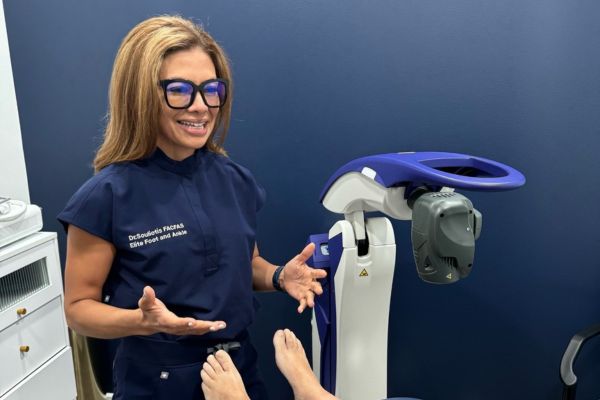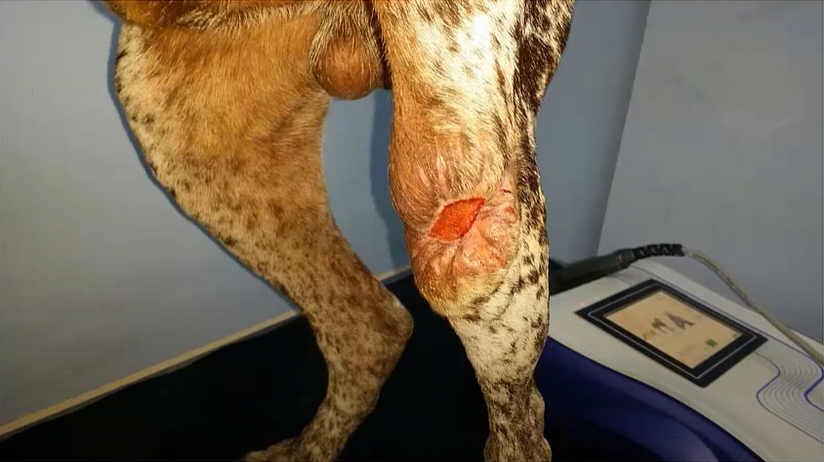Creating and sustaining a profitable podiatry practice is a challenging proposition, often requiring a considerable investment of time and financial resources. Knowing how to allocate these resources to maximize their financial return for your podiatry practice and their effectiveness for your patients is an ongoing challenge in the current healthcare environment. This is a challenge that MLS® Laser Therapy can help you meet head on.
Given the growing pressure on profit margins from the Affordable Care Act and lower reimbursement levels from many insurance providers, it is important for podiatry practices to find new ways to optimize their income with technologies that also provide a higher level of care for patients. MLS Laser Therapy meets both criteria: it effectively treats some of the most common patient problems while also offering additional cash-based income opportunities.
MLS Laser Therapy effectively treats common problems such as:
- Plantar fasciitis
- Achilles tendonitis
- Nail fungus
- Tendon and ligament injuries
- Arthritis
- Post-op pain
Download this white paper to learn more about how laser therapy can help your practice address these issues and provide your patients with an effective, non-invasive treatment modality.
Given the continually evolving healthcare landscape, podiatry practices must proactively consider the actions they need to take to remain viable. An important strategy is the implementation of cash-based revenue streams to replace profit loss from other sources. As an in-demand, cash-based modality, MLS Laser Therapy can help podiatrists combat declining reimbursements and generate revenue, providing:
- A rapid return on investment
- Accelerated patient recoveries
- A differentiated treatment offering
- Increased patient satisfaction and referrals
In considering the addition of laser therapy to your practice, you’ll need to determine:
- Which patients are good candidates for laser therapy?
Create standards for patient screening to minimize risk and improve patient outcomes. As Baby Boomers age, we will see twice the population of Americans over age 65 by 2030, with the associated presenting symptoms common with age. - Do you have the staffing in place?
Laser therapy opens a new line of revenue and you’ll need to plan for additional resources, such as physician time, the development of protocols and clinic pathways, and training. If staff time is a concern, consider robotic lasers, which will reduce the active physician time needed. - Do you know the value proposition?
As high deductible plans, HSAs, and FSAs grow in popularity, patients take on a consumer mindset. You may need to help educate patients on the benefits of MLS. Determine how you’ll market laser therapy services and what support you’ll receive from the laser equipment supplier. - How will you measure success? What are your goals?
Consider creating a process, such as meeting after 10 – 20 procedures, to review screening processes and procedures.
In order to remain successful in today’s reimbursement environment, proactive podiatry practices are evaluating new revenue streams and ways to increase their cash-based business such as offering MLS® Laser Therapy to their patients. Contact us to learn more about MLS Laser Therapy and how it can benefit your podiatry practice.



